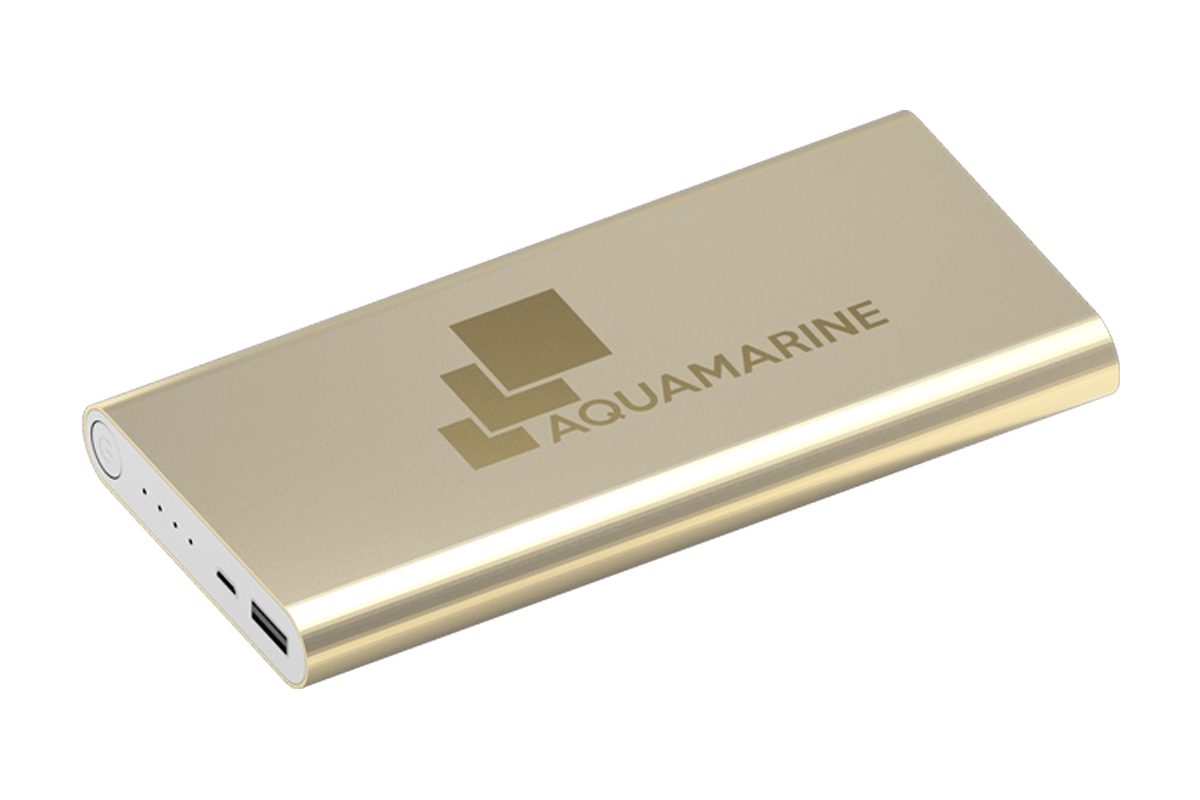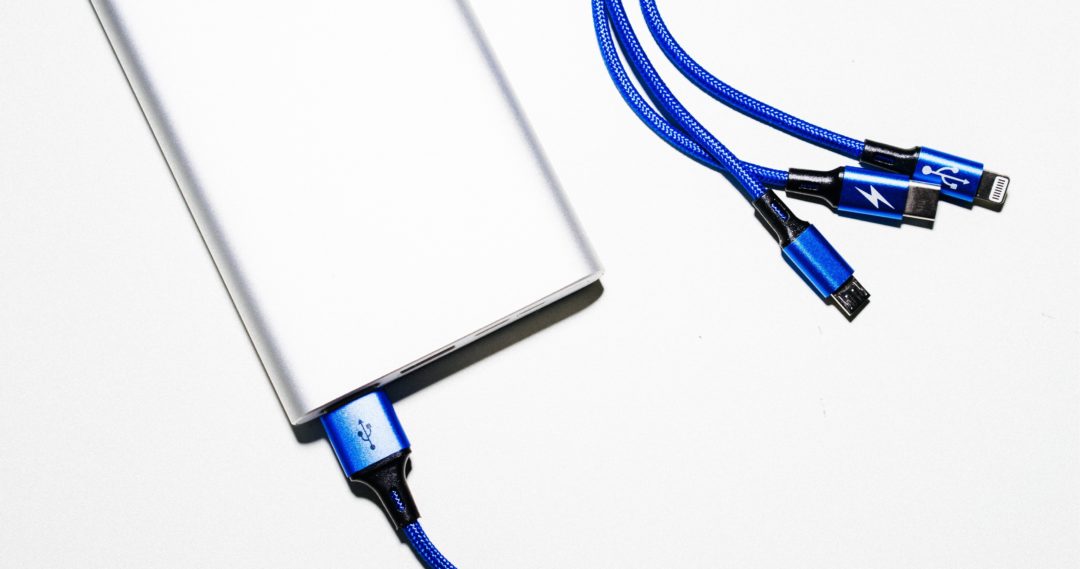How many of you in your life have lost at least one smartphone battery charger? raise your hand! And how many of you don’t know about amperage and voltage? Are you by chance waving both hands? Well, let’s make a wave of solidarity!
Losing or breaking a battery charger is a rite of passage, especially for travellers. But replacing it isn’t always that simple, unless you know a little about electricity. The same difficult problem arises with the purchase of a power bank suitable for charging your tablet or smartphone. The impulse purchase can mislead you, leaving you with a battery that completes fewer charge cycles than you would have expected or that takes much longer than expected.
How can we solve these problems?
The answer is a small handbook with some key electrical engineering concepts that will help you in choosing batteries and power banks.
Power
Power is the first term encountered when talking about electricity. When the light goes out in the house it happens because you have exceeded the power threshold set by your contract. But what does power mean?
Very often it is confused with capacity, another concept that we will see shortly. Actually the power, which is measured in Watts (W) or kilowatts (kW), helps to understand how much energy your device consumes. The one indicated on the labels of your appliances and devices is the maximum power: it therefore gives you an approximate idea of consumption, which is always less than that figure.
In mathematical terms it is the product of Voltage and Intensity:
W = A · V
Let’s see what the other two terms of this product correspond to.

Voltage
Volt (V) is the unit of measurement for voltage, a word that indicates the “strength” of the current needed to operate a device or charge a device. We could compare it to the pressure exerted by water in a pipe.
In order not to damage the battery of your device it is important to keep in mind the maximum voltage indicated by the manufacturer and always use a charger or power bank with the same value. Usually the output voltage for smartphones is 5V.
Intensity
On the manufacturer’s indications, immediately after the voltage, the Intensity value is indicated: also called Amperage, it is the quantity of energy that is transmitted and measured in Ampere (A). To return to the hydraulic metaphor, it corresponds to the flow of water passing through the pipe, in relation to its diameter.
If precision on voltage is fundamental, with regards to amperage it is not necessary to be so rigorous. The difference in intensity turns into a lower or higher charging speed. Using a higher amperage, but with the same voltage indicated by the manufacturer, there is no risk of damaging the battery. In fact in many cases it is the device that determines and limits the amperage necessary for charging. Charging time changes from device to device.
Milliampere-hour
A key feature for a good power bank is its charging capacity. Put simply: how many charge cycles does it allow you to do? The indication to look for in order to obtain an answer is the data expressed in milliampere-hour (mAh), which indicate the quantity of Amperes or milliamperes transferred in a given period of time.
The higher the mAh number the longer your phone battery will last, and the more charge cycles your portable battery will do.
The more modest power banks can accumulate 1000-2000 mAh, the larger ones up to 22,000-30,000 mAh. Together with the capacity, however, size and weight also increase, which can even reach 300 gr.
Purchase recommendations
So here are our tips in pills:
- Write down the electrical information of your original battery charger, so at the first loss you will be facilitated in choosing a replacement.
- The voltage must necessarily be the same, the amperage not necessarily: in this way you will not damage the battery of the smartphone.
- For a good power bank, check the milliampere-hour, so you will guarantee multiple charge cycles.
- Where to find this information? Normally on the original charger adapter of your phone.
For a truly appreciated corporate gift, you can find all the best in portable electricity in the Power Lot model – a metal Power Bank with a high charge capacity: the battery starts at 17,600 mAh and reaches up to 24,000 mAh. The USB port has an intensity of 2A. The shell is available in satin silver, satin gold and black versions and can be customised on both sides by silk-screen printing and laser engraving.





